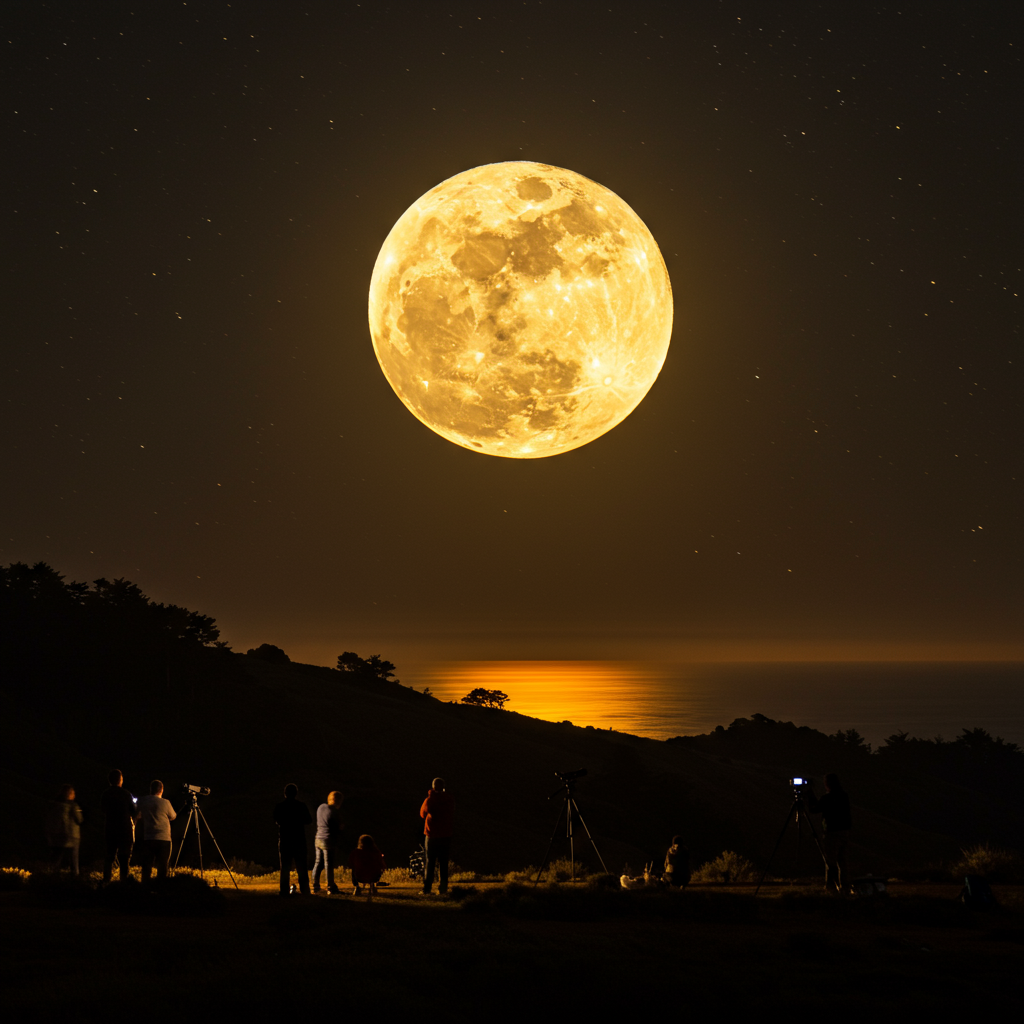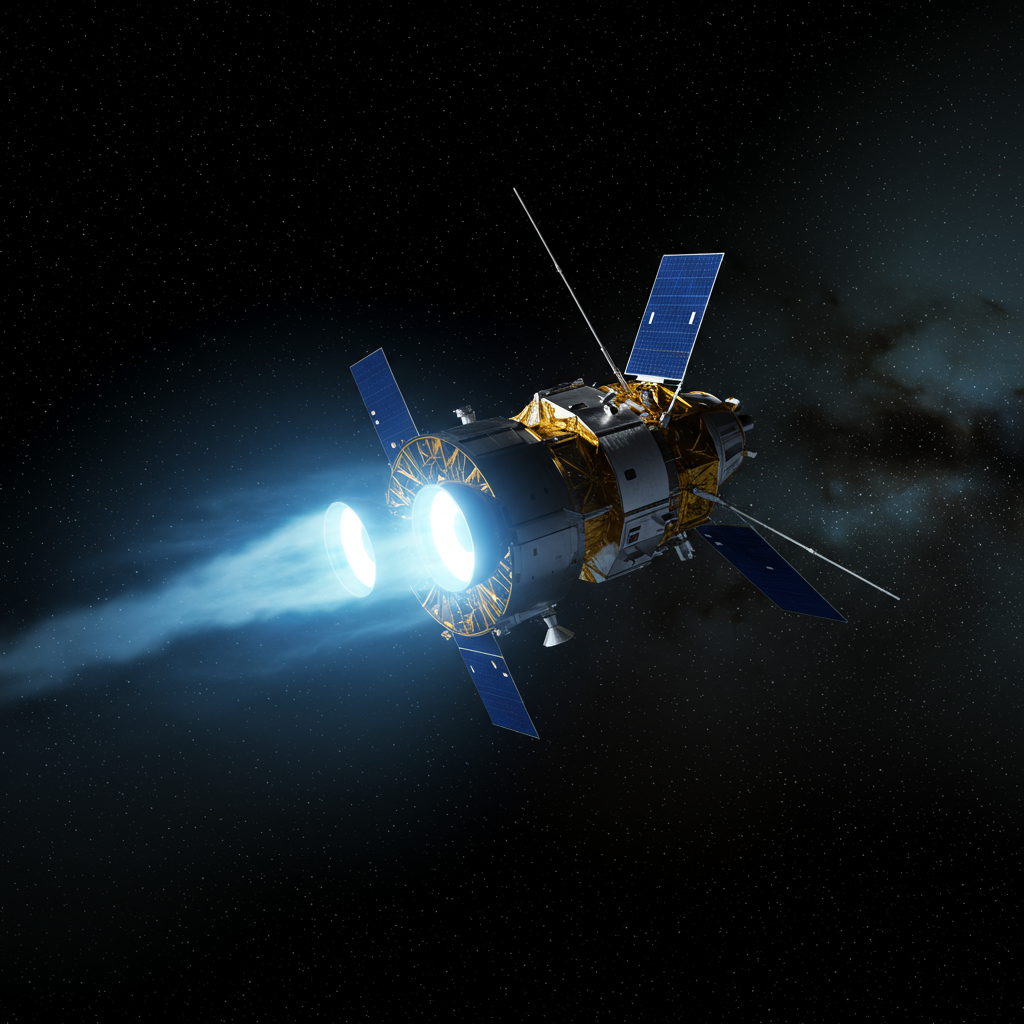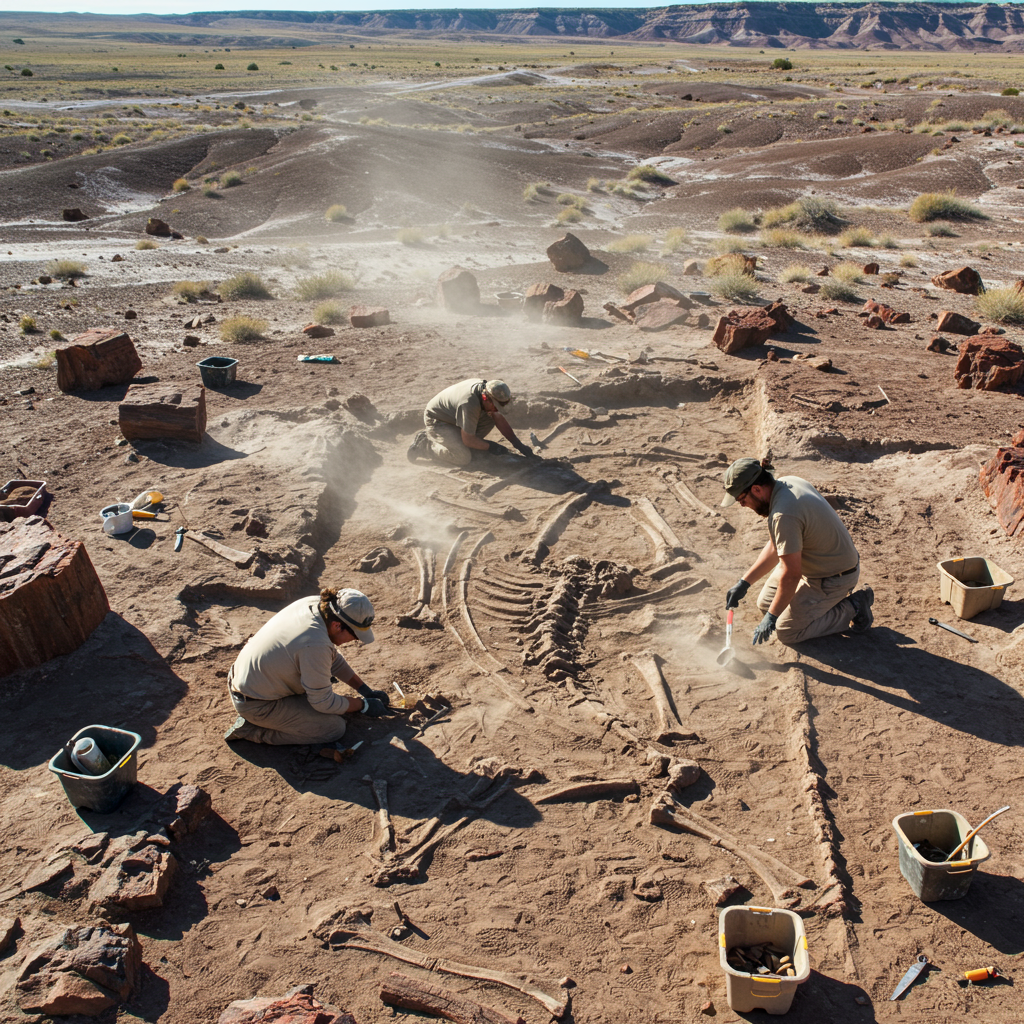Get ready to look up! July brings a special full moon, traditionally known as the “Buck Moon.” This celestial event is a highlight of the summer sky, offering a chance to connect with ancient traditions and enjoy stunning nightscapes, especially here in california with its diverse viewing opportunities.
Known for its unique name and seasonal significance, the July full moon is a popular target for stargazers and photographers alike. Understanding its timing, history, and where to best see it can enhance your experience. This guide covers everything you need to know about the 2025 Buck Moon in the Golden State.
When to Witness the July Buck Moon in 2025
The peak illumination for the July 2025 full moon, the Buck Moon, occurs on Thursday, July 10, at 4:37 p.m. Eastern Time. For observers in California, this translates to 1:37 p.m. Pacific Time.
However, the exact moment of peak fullness isn’t the best time for viewing, as the moon will be below the horizon during the day. The most impressive view will be after sunset on July 10 as the moon rises above the eastern-southeast horizon. The moon will appear impressively full and bright for several nights, from approximately July 8 through July 12, offering multiple chances to observe it.
Last Full Moon and July’s Appearance
The moon phases follow a predictable cycle. The last full moon before July’s Buck Moon was the Strawberry Moon, which reached its peak illumination on June 11, 2025, at 1:44 a.m. Eastern Time. Each full moon has its own traditional name and marks a specific point in the lunar cycle.
While the moon looks round and full for several days around the peak, the moment it truly aligns opposite the sun is fleeting. The July full moon often appears relatively low in the summer sky for Northern Hemisphere observers compared to winter full moons.
Is July’s Full Moon a supermoon?
Many people wonder if each full moon is a “supermoon.” A supermoon occurs when a full moon coincides closely with the moon’s perigee, its closest point to Earth in its orbit, making it appear slightly larger and brighter than average.
For the July 2025 Buck Moon, the answer is no. It will not be a supermoon. According to current projections, the first supermoon of 2025 is expected to occur later in the year, typically sometime in the autumn months.
The Rich History Behind the ‘Buck Moon’ Name
Full moons throughout the year have traditional names, many of which originated with Indigenous peoples of North America. These names often reflect natural events or seasonal changes happening at that time of year, providing a cultural calendar tied directly to the environment.
The name “Buck Moon” is widely attributed to this tradition, notably referenced by sources like the Old Farmer’s Almanac. It earned this name because mid-summer is typically the time when the antlers of male deer, or bucks, are in their most active growth phase. These antlers grow rapidly, covered in a velvet-like skin, before hardening later in the year.
Understanding these names requires acknowledging the diverse cultures and environments of Native American tribes across the continent. As astronomy experts point out, each tribe had its unique relationship with the land and sky, and their moon names reflected the specific seasonal changes relevant to their local ecosystems. The name “Buck Moon” is one example, but it’s important to remember it’s part of a broader, varied tapestry of Indigenous knowledge.
Other Traditional Names for the July Full Moon
While “Buck Moon” is perhaps the most recognized name for the July full moon, various tribes and cultures used other names that reflected different aspects of mid-summer life and nature. These names offer fascinating insights into historical observations:
Feather Moulting Moon (Cree): Referring to birds shedding old feathers.
Salmon Moon (Tlingit): Signifying the time when salmon return.
Berry Moon (Anishinaabe): Marking the ripening of berries.
Moon When the Chokecherries are Ripe (Dakota): Highlighting a specific seasonal fruit.
Ripe Corn Moon (Cherokee): Pointing to the maturation of corn crops.
Raspberry Moon (Algonquin, Ojibwe): Another name related to berry harvesting season.
Thunder Moon (Western Abenaki): Referencing the frequent thunderstorms of summer.
Halfway Summer Moon (Anishinaabe): Simply denoting the peak or middle point of summer.
These alternative names illustrate the diverse ways Indigenous communities tracked time and seasons based on their local environment and resources.
Full Moon Names Calendar 2025
Here is a list of the traditional full moon names for the entire 2025 calendar year, as commonly cited by sources like the Old Farmer’s Almanac:
January: Wolf Moon
February: Snow Moon
March: Worm Moon
April: Pink Moon
May: Flower Moon
June: Strawberry Moon
July: Buck Moon
August: Sturgeon Moon
September: Corn Moon (or Harvest Moon in 2024)
October: Hunter Moon
November: Beaver Moon
December: Cold Moon
This list provides a quick reference for the names you’ll hear throughout the year.
Prime Locations to View the Buck Moon in California
California is an excellent state for skywatching, boasting vast areas with minimal light pollution, particularly in its desert regions, mountains, and remote parks. To best experience the July Buck Moon, find a location with a clear, unobstructed view of the horizon towards the southeast after sunset on July 10 or the surrounding nights. Getting away from city lights is key to seeing the moon’s brilliance against a truly dark sky.
Southern California offers several renowned dark sky locations perfect for moon viewing:
Joshua Tree National Park: Famous for its incredibly dark night skies, Joshua Tree is ideal. As a bonus, mid-summer is also considered “Milky Way season” here, meaning the galactic core is particularly visible at this time.
Anza-Borrego Desert State Park: Another gem designated for its dark skies, offering expansive desert landscapes.
Borrego Springs: Located within or near Anza-Borrego, this town is known for its commitment to preserving dark skies.
Julian: A charming mountain town east of San Diego, also recognized for good night sky visibility.
Further north, Central and Northern California also feature spectacular spots for observing the full moon and other celestial displays:
Sequoia and Kings Canyon National Parks: These parks are nestled in the Sierra Nevada mountains, providing elevation and distance from urban light sources.
Yosemite National Park: While popular, many areas within Yosemite offer stunning views of the night sky, especially at higher elevations or away from developed areas.
Shasta and Siskiyou Counties: These North State regions contain numerous remote areas with naturally dark skies.
Prairie Creek Redwoods State Park: Located on the North Coast, this park offers a unique coastal perspective for night sky viewing.
Remember to check the weather forecast for clear skies before heading out. Even the best location won’t help if clouds obscure the view. Bring a chair, perhaps some binoculars, and allow your eyes time to adjust to the darkness for the best experience.
Why the Moon Can Sometimes Appear Reddish
Have you ever noticed the full moon looking orange or even reddish, especially when it’s low on the horizon? This isn’t because the moon itself is changing color. It’s an atmospheric effect.
When moonlight passes through a greater thickness of Earth’s atmosphere, like when the moon is near the horizon, more of the shorter, bluer wavelengths of light get scattered away by air molecules. This leaves the longer, redder wavelengths to reach our eyes, making the moon appear warmer in color. Dust, smoke, or pollution in the atmosphere can enhance this effect.
Frequently Asked Questions
What is the meaning behind the ‘Buck Moon’ name?
The name “Buck Moon” for the July full moon comes from traditional Indigenous calendars, often cited by sources like the Old Farmer’s Almanac. It signifies the time of year when the antlers of male deer (bucks) are actively growing and are in full velvet. Other traditional names used by various tribes reflect other seasonal events, such as berry ripening or thunderstorms.
When and where is the best time to see the July Buck Moon in California?
The July 2025 Buck Moon is best viewed in California after sunset on Thursday, July 10, as it rises in the southeast sky. It will appear nearly full from July 8 to July 12. For optimal viewing, find a location away from city lights with a clear view of the horizon, such as designated dark sky parks like Joshua Tree, Anza-Borrego, or remote areas in state and national parks across California.
Is the July 2025 full moon a supermoon?
No, the July 2025 full moon will not be a supermoon. A supermoon occurs when a full moon coincides with the moon’s closest approach to Earth, making it look slightly larger and brighter. The first supermoon of 2025 is anticipated later in the year, likely in October.
Enjoy the Summer Sky Spectacle
The July Buck Moon is a wonderful opportunity to step outside, enjoy the summer night air, and appreciate the natural world above us. Whether you head to a renowned dark sky park or simply step into your backyard away from direct lights, take a moment to observe this monthly celestial visitor and reflect on the traditions that give it its name. Clear skies and happy moon gazing!




